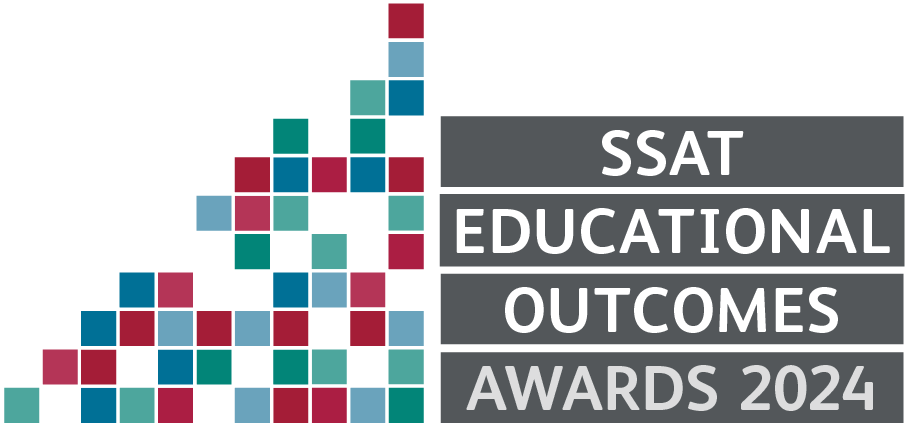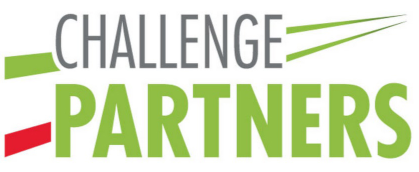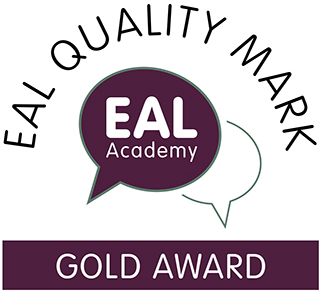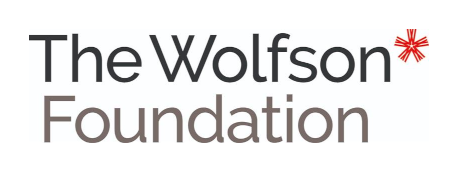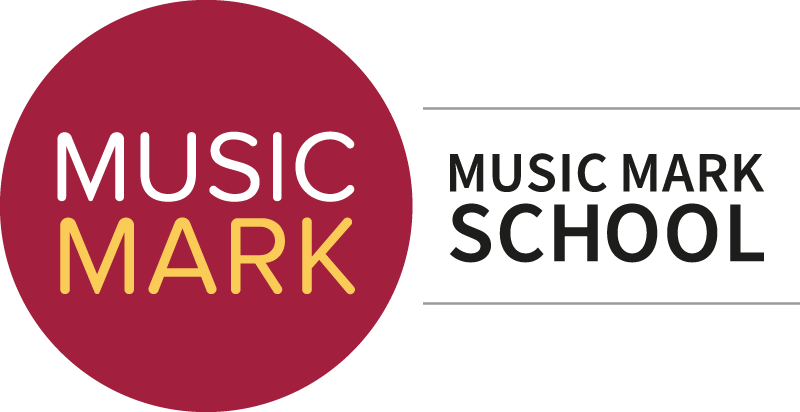Art
Why do we study Art?
In Art, our students study an ambitious curriculum that is driven by creativity and ideas. Students are taught by teachers who are practicing artists; passionate about visual culture. The Art department pride themselves on discovering the talent of all students, fostering a love of the subject and developing their visual literacy.
Not only will students develop a wide range of creative skills, but experience lessons that provide them with the opportunity to explore the work of artists, photographers, architects and designers. Students will be inspired by the world around them, producing outcomes that advance their individuality and creativity.
Students learn a wide range of transferable skills through the study of the very best of artistic endeavour. They learn how to build a professional portfolio, developing skills necessary to develop their own artistic practice and appraise the visual literacy of others.
The Art Programme of Study
Year 7
- Autumn Term: The formal elements – emerging drawing skills
- Spring Term: Art History – Impressionism and colour theory; paint mixology and technique
- Summer Term: London Landmarks – pattern and print
Year 8
- Autumn Term: Portraiture – developing drawing and observation
- Spring Term: Art History – Fauvism and colour theory; acrylic painting
- Summer Term: Architecture – three-dimensional clay sculpture
Year 9
- Autumn Term: Natural forms – securing drawing and painting skills
- Spring Term: Man Made – mixed media techniques
- Summer Term: Objects – illustrative printing
Students are regularly provided with formative feedback both verbally and written. To promote independence and pride in producing high calibre outcomes, students are encouraged to reflect on their work using success criteria throughout each unit of study.
Key Stage 4 – Years 10 and 11
GCSE Drawing and Painting provides students with the opportunity to develop an adventurous, creative and inquisitive approach to learning. Through studying both historical and contemporary creative practice students develop the skills to formulate and express their understanding. This manifests itself in both written and practical work. Outcomes produced are a range of personal responses, embracing a range of ideas devised from personal inspiration and imagination.
Due to the fast-paced nature of the subject, students' skills and knowledge develop quickly. Through the support of teaching staff, students develop a working knowledge of materials, practices and techniques used within the creative industries.
Unit one is coursework based and accounts for 60% of students’ final GCSE grade. Responding to set themes and briefs, students will investigate, analyse and experiment using art, craft and design from vast and varied sources. The emphasis of GCSE Fine Art is the process and students are encouraged to develop their own ideas. Central to this is the sketchbook where students record their creative journey.
Our three coursework projects are:
- Landscape
- Human Body
- Beginning and or End
In Year 11 students undertake an Externally Set Assignment. This is an opportunity to develop and present a creative response to a theme set by the examining board – for example, ‘Journeys’ or ‘Time’. Students are presented with briefs in January of that year and have an extended period of preparation to research and plan their response. At the end of this period, students sit a 10-hour timed session, during which they produce a final piece(s) of work. The preparatory and developmental work, along with final piece, is submitted for assessment alongside the timed piece(s).
Key Stage 5 – Years 12 and 13
Fine Art is the choice for individuals who are passionate about creativity, keen to take risks, be bold and learn new skills. Students need to have the confidence to pursue personal lines of enquiry independently and with dedication using free time to develop their ideas. It is preferred that students will have secured a minimum of a grade 5 at GCSE.
Throughout the course, students are required to research ideas in depth, both through an exploration of artists and their work, as well as other contextual sources such as museum visits. They continue to develop their ability to analyse and offer personal judgements. Students record ideas their ideas in both visual and written outcomes; developing and extending practical and theoretical skills, as well as experimenting with a wide range of media and processes from personally selected starting points.
Important textbooks, resources and websites we use at each Key Stage
Key Stage 3
www.tate.org.uk
www.nationalgallery.org.uk
www.npg.org.uk
www.thephotographersgallery.co.uk
Key Stage 4
London houses a wealth of resources including museums and galleries that are extremely helpful for students studying the arts. Visiting cultural institutions and seeing artworks first hand is the best way students in the arts can develop and grow their ideas.
Key Stage 5
Homework in Art
At Key Stage 3, students can expect to receive one piece of extended homework every two weeks. This usually consists of a research or practical drawing task and is set on Teams. Students are expected to bring in their completed work for assessment next lesson.
At Key Stage 4, students receive two pieces of extended homework every two weeks and these directly contribute to their coursework. Students may be set tasks as a group or on an individual bespoke basis.
Key Stage 5 encourages students to develop independence by setting individual homework assignments regularly. Staff monitor students work carefully and continue to support with independent work.
Enrichment in Art
Key stage 3 art club is held weekly and allows students to explore art, painting and sculpture beyond what is taught in their timetabled lessons. Students are also encouraged to attend the art department to explore their own creativity, and many enjoy this opportunity.
Key stage 4 and 5 students are encouraged to attend various developmental workshops throughout the school year, to extend their learning and foster interest in the subject.
In the art department, we are proud to hold various school trips throughout the year, such as visits to the Tate Galleries, and Kew Gardens.


